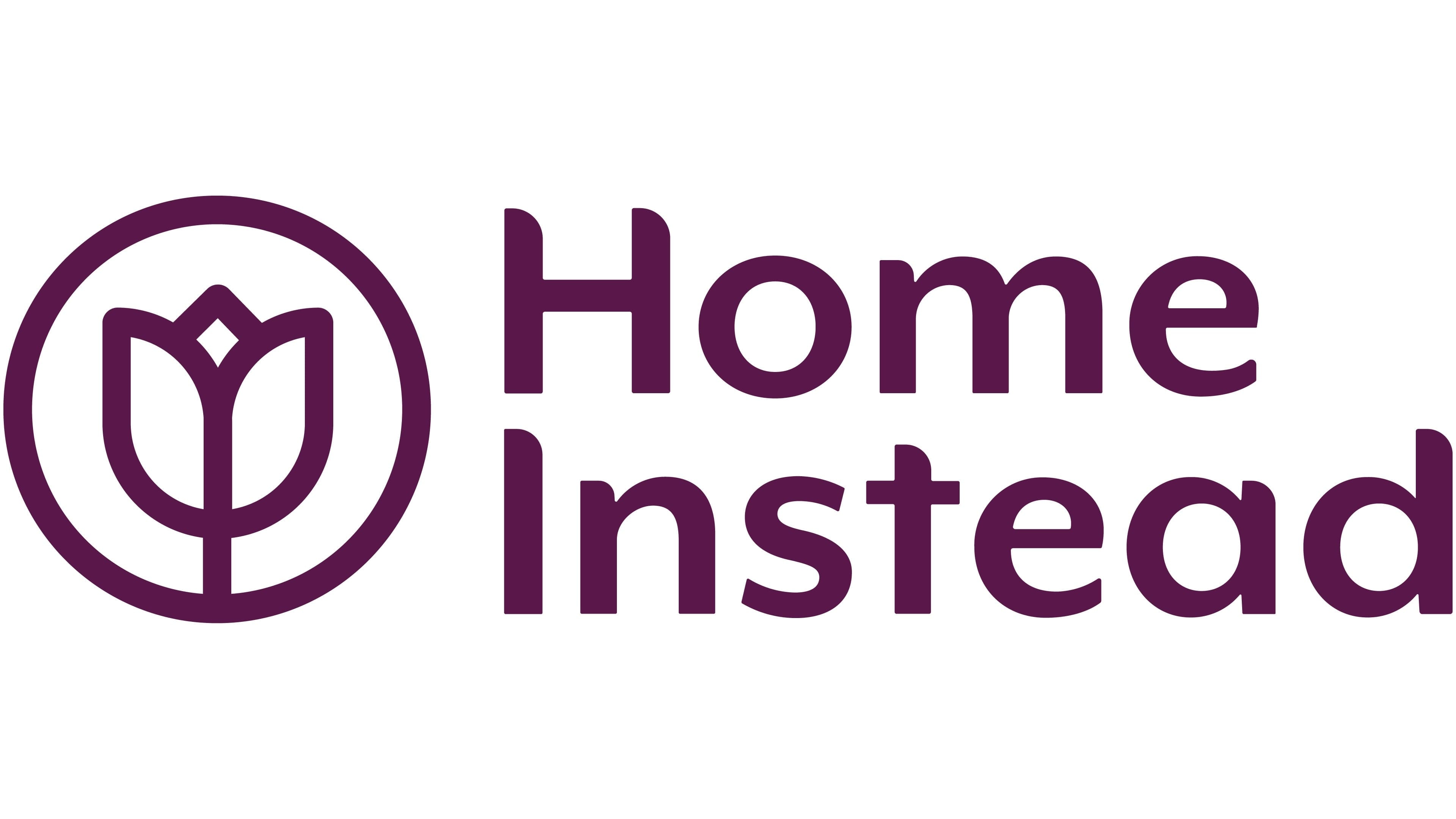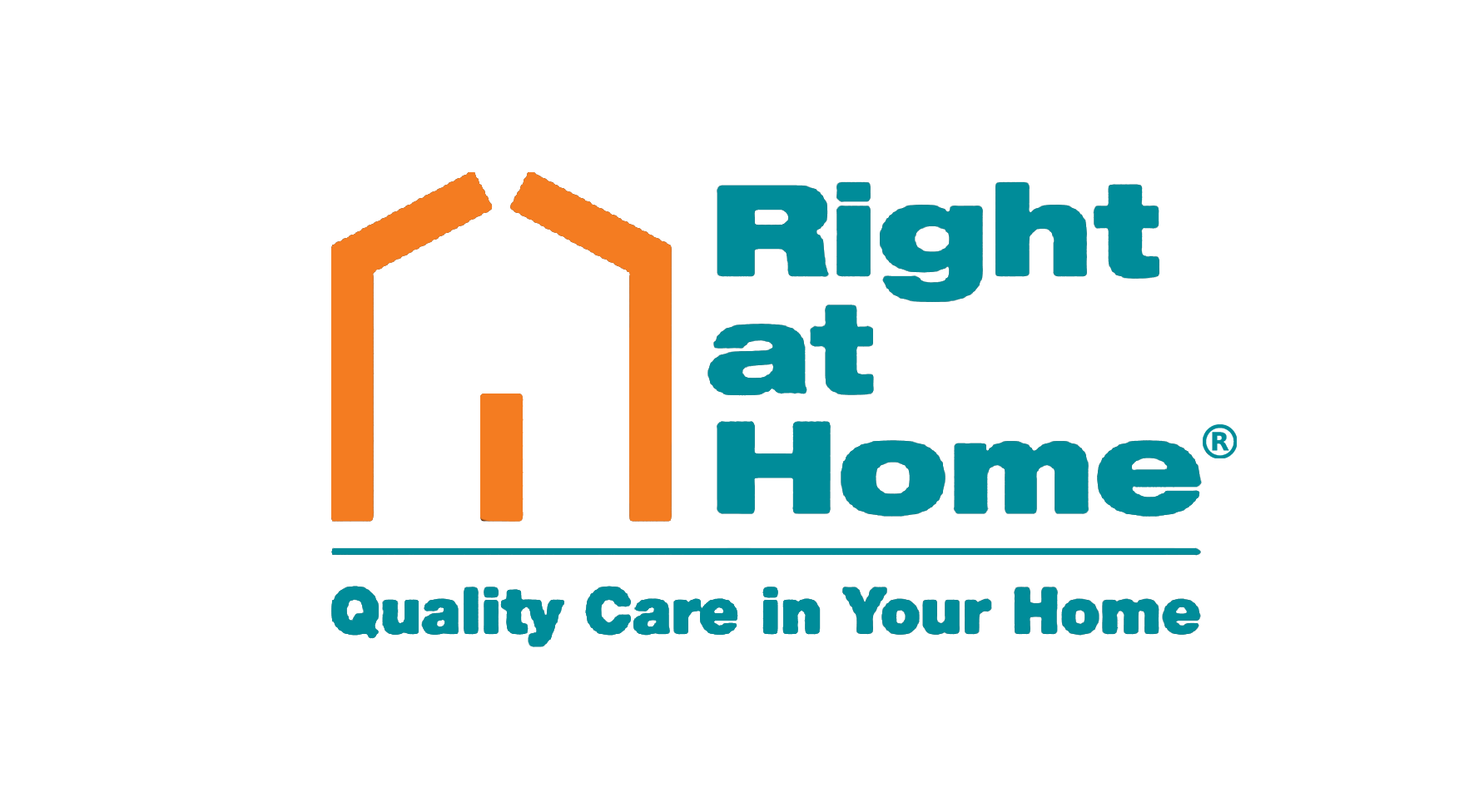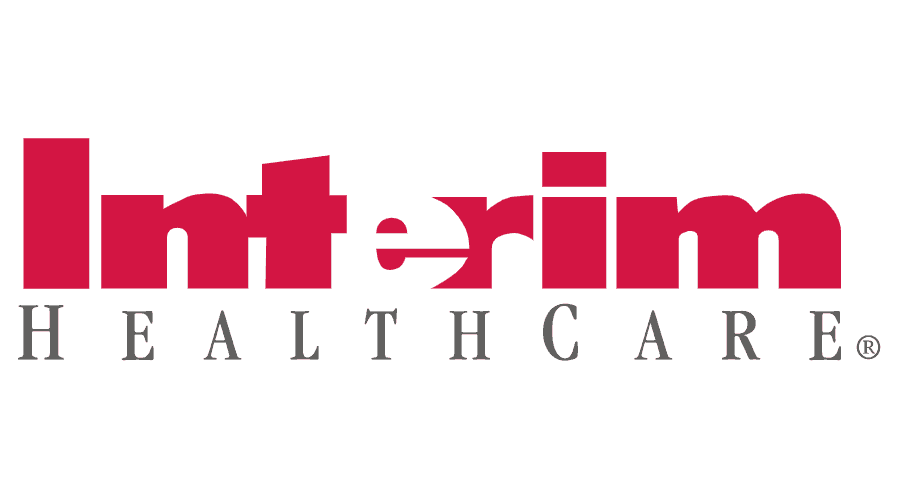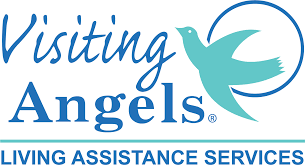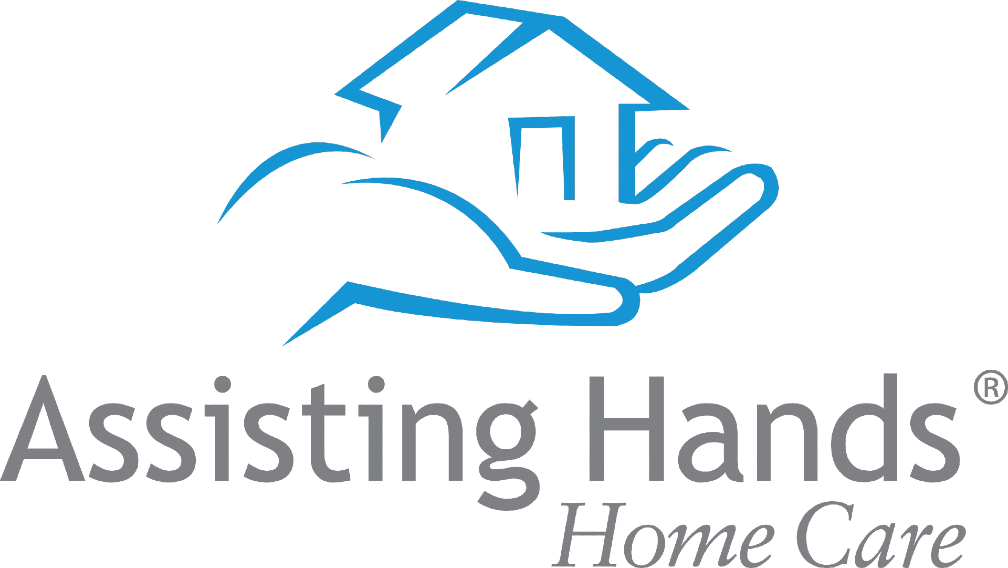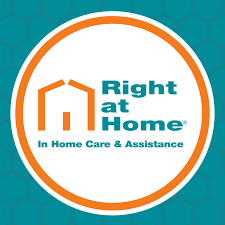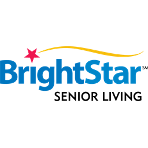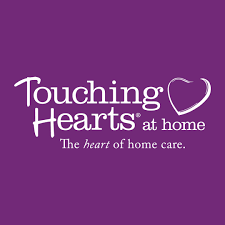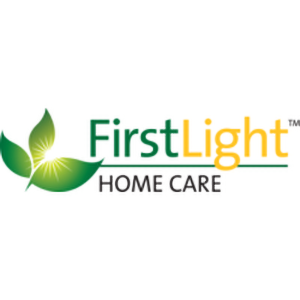Senior Care Franchises: What is the Top in 2025?
There is a huge variety of senior care franchises available in the market today. In today’s article, we will compare those franchises by different metrics like payback period, the number of stores, etc.
Table of Contents:
There is a huge variety of senior care franchises available in the market today. In today’s article, we will compare those franchises by different metrics like payback period, the number of stores, etc.
Home care industry
The home care industry is worth a staggering $137.2 billion per year, highlighting its immense contribution to the overall senior care market. This sector has experienced remarkable growth, driven by the increasing demand for personal care and non-medical services among the aging population. As the senior population continues to expand, the need for in-home care services, such as companion care, personal assistance, and specialized care, has surged. This growth is not only a testament to the industry’s ability to adapt and meet the evolving needs of older adults but also underscores the significant opportunities available within senior care franchising. With a focus on providing compassionate care and enhancing the quality of life for seniors, the home care industry remains a vital component of the broader senior care services landscape.
The state of the Senior Care Industry
The industry has been doing very well in recent years in response to the increasing number of senior citizens with the maturation of the baby boomer generation. By 2030, all baby boomers will be over 65 years old. As that population reaches age 65, the senior population is estimated to exceed 83 million, which is almost double the approximate number in 2012 and around 20% of the total US population. Almost 10,000 people on average will turn 65 every day for the next 20 years.
The senior care industry is growing to meet the demand. Starting in 2018, the American senior care business industry revenue has been growing at an annual rate of 3.3%, and it is expected to continue along this trajectory.
The current market size for the franchise sector of this business is around 11 billion, and it employs around 400,000 workers throughout around 11,000 businesses in the U.S. The entire senior care industry is estimated to be worth around 400 billion in the U.S. right now.
Senior Care: A growing business
With such a large (and constantly growing) market of seniors to tend to, franchises that center around senior services have been rapidly growing and expanding into different areas, such as transition services to keep up with consumer demand. Senior care services continues to evolve, meeting the needs of this dynamic market. While there has always been a sufficient amount of senior care franchises, they have traditionally been predominantly focused on day-to-day assistance and companionship.
There has been a gap in outlets that assist seniors with more out-of-the-ordinary/ transitional tasks like moving, home and schedule organization, or the conductions of estate sales. In response to this demand and others, senior care franchises are constantly adapting to keep up with the consumers’ needs.
We will look at the 10 best senior care franchises to own, but first let’s tabulate the data from those franchises.
Top senior care franchises
The Industry is Booming
Demand for home care services is expected to grow significantly. In brands such as Home Helpers Home Care, we saw steady revenue growth in the system year over year since its inception in 1997.

The industry continues to be a cost-effective solution for seniors, who wish to age-in-place in their homes, while providing affordability to an ever increasingly costly health care system.

Conclusion
The senior care industry is a great business opportunity for those looking to own a business in an industry that is both financially rewarding and where they are making a real difference in the lives of seniors in their communities. The number of seniors in the United States is rising exponentially, projected to exceed 80 million by 2040. This demographic shift presents a significant opportunity for entrepreneurs interested in senior care franchising, as the demand for personalized care services, such as companion care, personal assistance, and specialized care, continues to grow. Franchise owners have the chance to offer compassionate care and support to older adults, enabling them to lead independent lives while staying in their own homes. As the senior population expands, the need for innovative and comprehensive care solutions will only increase, making the senior care industry a promising and impactful business venture.
